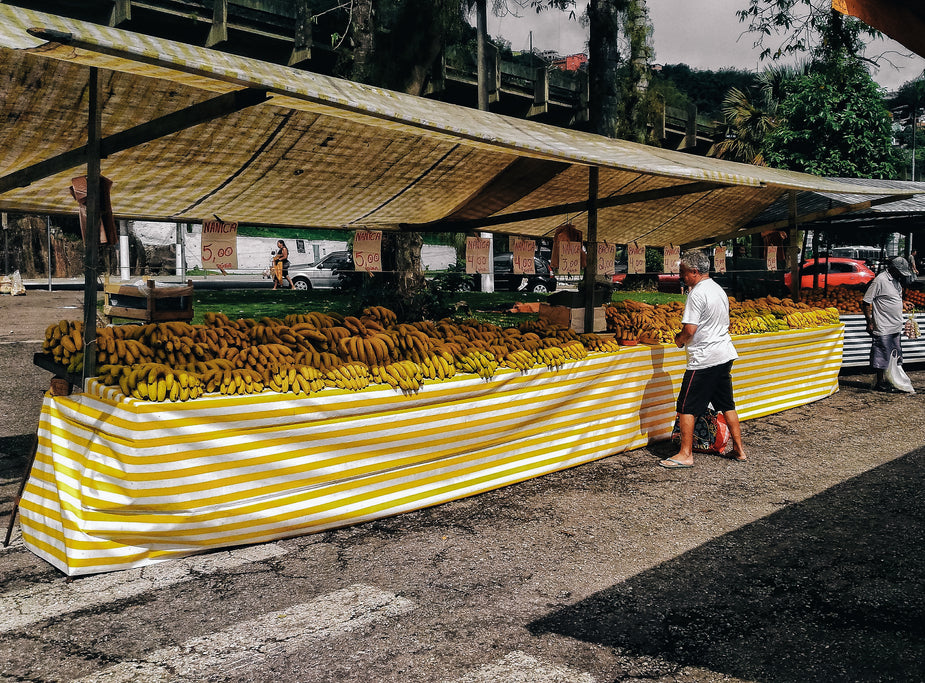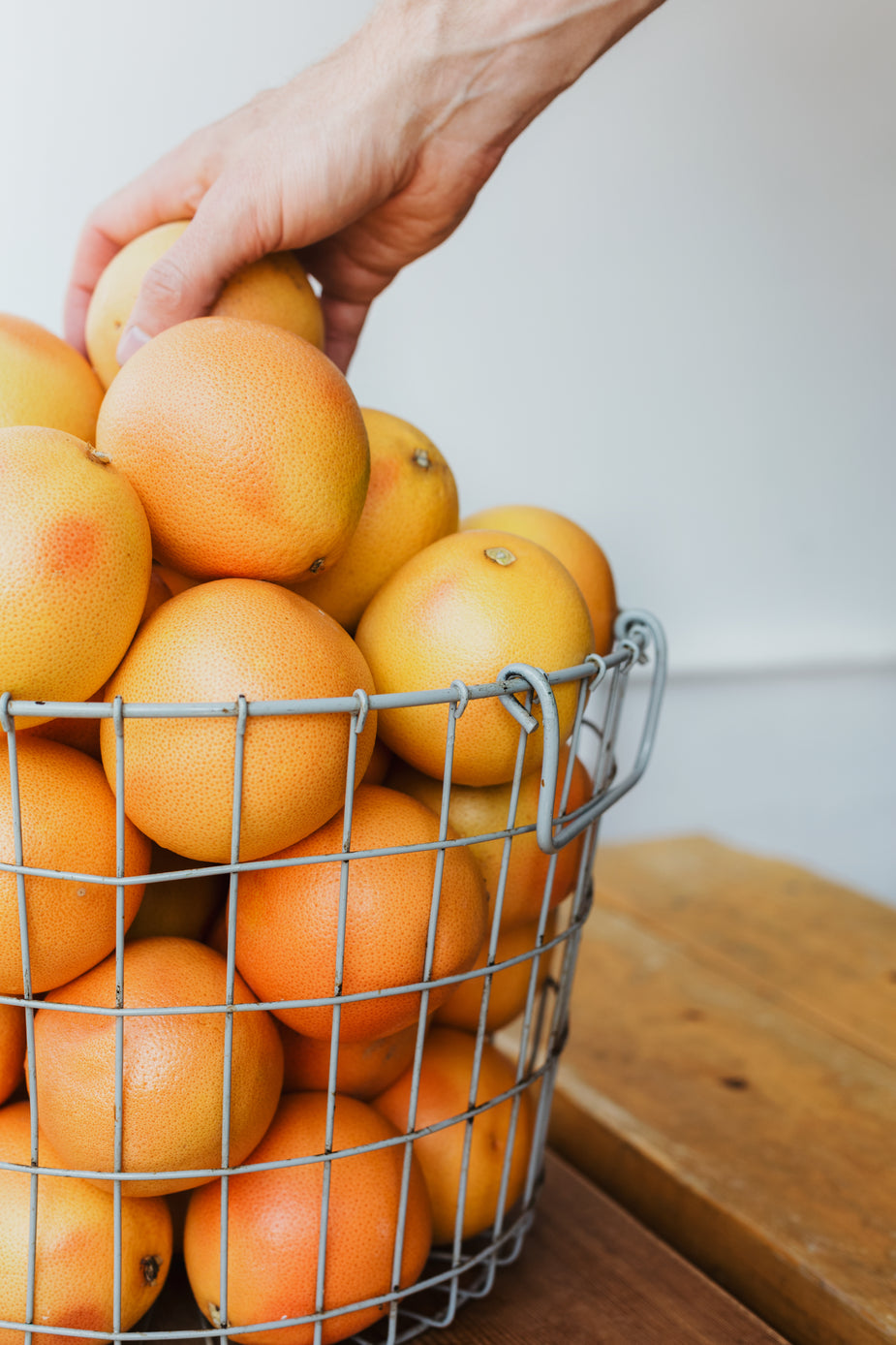HOW TO PEEL A BANANA
When serving my 12-year old nephew and his playmate bananas with their lunch sandwiches, I asked the boys, “Who’s smarter – you or a monkey?” Monkeys peel bananas from the blossom end, not the stem end. Pinch the little brown tip between your thumb and forefinger, and peel back the skin toward the stem end. … Read more

